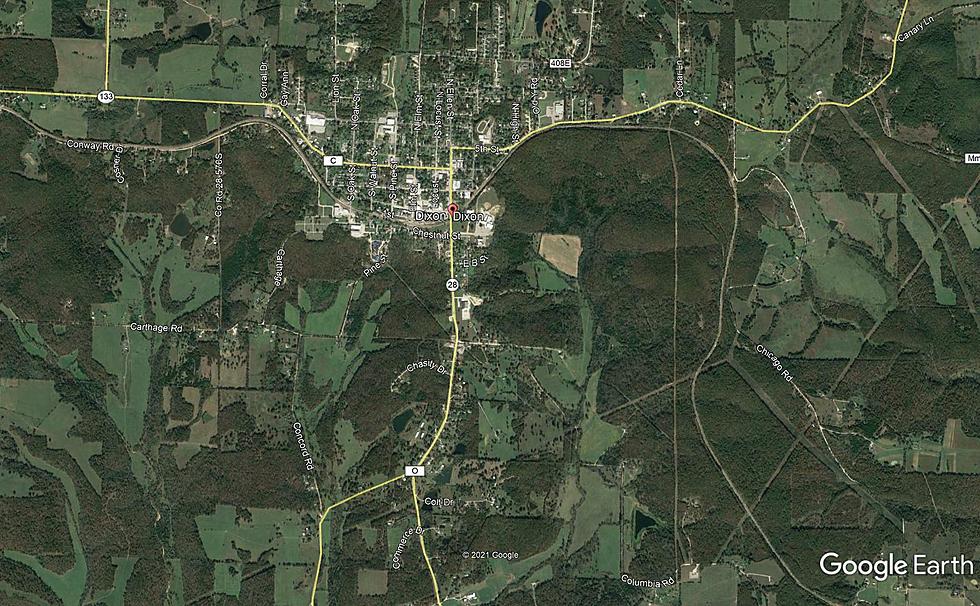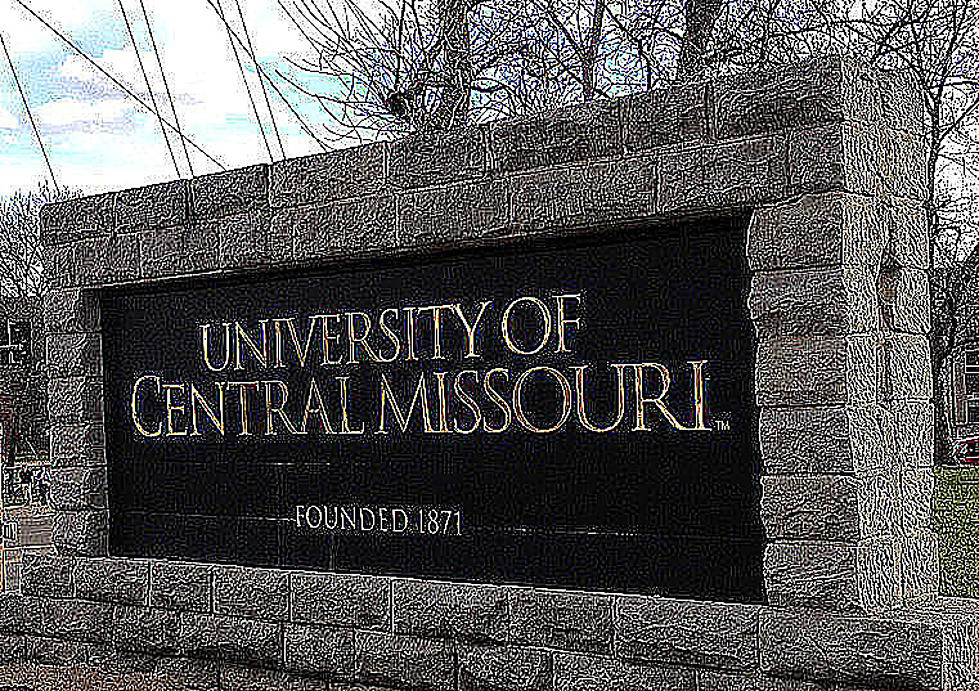
Doug Visits Ft. Leonard Wood
I have lived in Missouri since 1985 and came here when my dad was stationed to Whiteman Air Force Base. I had never been to Ft. Leonard Wood to see what their post is like. This week I had the opportunity to see it first hand not only how the post works, but how it has great relations with the communities around it.
The 40 & 8 invited me for a trip with Jean Faust Tours to go see the post. Each year they pick a nearby army post for area veterans to see what they do. Tour guide Jean Gallagher said, “I do this as a love for our veterans and give them a chance to see what the U.S. Army of today is doing and how they also embrace their storied past.”
I found out that her husband and Sedalia 40 & 8 Commander Tony Gallagher was trained there and served as a drill instructor there later, and said he still remembers his first day. “I enlisted at the age of 15, moved from Chicago and arrived at Ft. Leonard Wood at 3 a.m. I was welcomed to the site of dirt roads and a loud drill sergeant.” A few people on the bus didn't know he enlisted at 15, but Gallagher said he was proud of his service and country and that there is a group of veterans that meet called the Veterans of Underage Military Service.
Ft. Leonard Wood is known for training soldiers in the Army, but in addition to that, they do much more. "Ft. Leonard Wood continues the proud Army Tradition and still has the Army Center of Excellence that trains 80-90,000 military and civilians each year," said Command Sergeant Major Jerry Faulk. "In addition, we put the J in "joint" as we train and work with all five branches of service located on Ft. Leonard Wood. We have over 60,000 acres, but its pretty easy to take care of because of the senior leaders on Ft. Leonard Wood. There is a lot of construction going on not only on the post, but off the post. There has been tremendous buildup over the years.”
A lot of the veterans on the bus said they trained there, including the person that I sat next to on the bus, Bill Duebler, who served from 1970-73. Duebler said it was great to return and that he felt that 75% of what was in the area had changed.
One of the highlights of the tour was to see the Fort Leonard Wood Museum and see the old vehicles from World War II, the Korean War and the Vietnam War. The museum holds The Military Police Museum, The U.S. Army Engineer Museum, and the Chemical Corps Museum. I particularly liked the Military Police Museum since my dad was a Security Policeman for the Air Force, so it was interesting to see some of the differences between the two. They shared stories, pictures and memorabilia from each section. I was real fascinated by the Chemical Corps Museum. When you walk into the museum, you're instantly put into a World War I Trench, which was famous for mustard gas. If you're a pet lover, you also need to pay attention to the section where they prepared horses and dogs for chemical warfare.
After the museum tour, we ate at the Garrison Dining Facility, where one of the first things I noticed was the rituals that various soldiers in training had, such as marching and a cadence before eating. The food was good, including choices of beef, chicken, or vegetarian. Meatloaf sounded good to me, and I had some grapes, salad, and macaroni salad with it. I felt that the soldiers must be eating pretty good. However, I noticed that it was quiet. You could hear the clank of silverware and cups moving, and that was about it until the drill instructor said, “You have one minute to finish.” Apparently they have seven minutes to eat from the time they sit down to cleanup. Our tour guide Sgt. McQuiston pointed out that the food in here did not have dessert or soda since they are now following the new food portion menu that the USDA recommends.
After lunch we got a tour of the base where we saw the new barracks, track and new buildings in place. We wound up at one of the places that those on the bus wanted to see: Ft. Leonard Wood still keeps the old wooden barracks from 1941 up as well as the chapel. Many people on the bus said they remember staying in those barracks at one time. These barracks were all made of wood and could house anywhere from 60 to 100 soldiers depending on if double bunks existed or not. The chapel was interesting too. They just built a new one that could support 1,000 parishioners at one time. This one on the museum was quite smaller, but it did services during World War II for Catholics, Protestants and Jews.
Overall, I felt it was quite the tip of the iceberg in learning about Ft. Leonard Wood, and I would highly encourage you to visit if you get the chance.
I want to say thank you to CSM Jerry Faulk, Sgt. McQuiston, Sgt. Marelloti, and the Public Affairs Office of Ft. Leonard Wood for their support while we were there. Also thanks to Tony and Jean Gallagher for inviting us on the trip. We live in a great country and our armed forces are the greatest as far as I'm concerned, and this up close view of the Army was gratifying. Thanks to all who served and I hope you enjoy the photos too.
Listen in on AM 1050 KSIS for interviews from the trip coming next week.
More From AM 1050 KSIS









